Regardless of whether you’re an avid football player or a veteran baseballer, it’s important to choose the right type of cleats for your game. Baseball and football might look similar from the sideline, but there are major differences between their footgear choices. In this blog post, we’ll explore both types of cleats—from construction materials to traction—so that you can make the perfect pick for your next big game! Whether you’re in search of performance-enhancing features or just want to brush up on your knowledge about sports equipment, keep reading to discover the difference between baseball vs. football cleats and which one is best suited for your play style!
What are Football Cleats?
Football cleats are designed specifically for playing football and usually have several distinct features that set them apart from other types of cleats. Football cleats are designed with a molded plastic or rubber sole featuring studs, granting you the security to move around swiftly and securely on the field.
The classic football cleat typically has two layers of studs – one layer is soft and provides extra grip, while the second layer adds extra durability. In addition to providing superior grip on the field, football cleats also offer more protection for your feet than traditional sneakers do. They feature high-tops that wrap around your ankles, helping to keep them stable during quick movements and changes in direction.
Football cleats generally come in three different styles: low-top, mid-cut, and high-top. Low-top cleats are the lightest and most versatile, making them a great option for players who prefer agility over stability. Mid-cut cleats offer more ankle protection than low-tops, but still allow for quick movements on the field.
It is important to select football cleats that fit properly in order to maximize performance and protect yourself against potential injuries. The right fit should feel snug without being too tight; proper fitting also helps ensure that you get the most out of each step you take on the field. When shopping for football cleats, make sure to try them on with the socks you typically wear while playing and walk around in them a little bit – if they don’t feel good when you’re standing still, imagine how uncomfortable they’ll be running and making quick cuts!
Without a doubt, football cleats hold paramount importance for any committed athlete. By offering optimal traction and protection on the field, these products can help you stay safe from harm. With so many options available today, finding the right pair of cleats is easier than ever. [1]
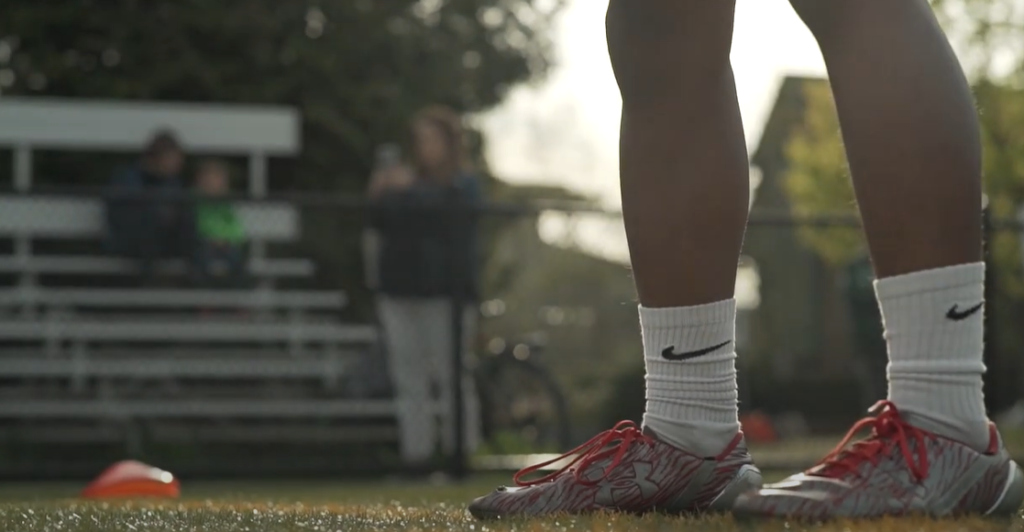
What Are Baseball Cleats?
Baseball cleats are designed specifically for the game of baseball. They have several distinguishing features that make them better suited for use on a baseball field than football cleats. These features include:
- A raised, durable toe guard to protect against drag and turf burns while running around the bases.
- Studded rubber soles with extra grip and traction, which is especially important when playing an outdoor sport like baseball.
- A low-to-the-ground profile to minimize ankle rollover and provide stability on uneven terrain.
- A more comfortable fit due to the wider base of the shoe, allowing for better breathability and movement.
These features make baseball cleats ideal for perfecting the key skills of baseball, such as turning on a dime while running around the bases or quickly changing direction to catch a fly ball.
What’s the Difference Between Baseball and Football Cleats?
1. Support
Baseball cleats provide more ankle support than football cleats. Football cleats are designed to give players a wider range of motion, which can leave ankles vulnerable in certain situations. Baseball cleats have higher cut uppers that protect the ankles from injury during aggressive play.
2. Traction
The treads on baseball and football cleats vary greatly. Football cleat outsoles are made with multiple panels that allow for quick cutting movements, while baseball cleats use rubber-like material to grip the grass or dirt field without slipping or sliding across the surface.
3. Fit
Both types of cleats come in various sizes and widths to fit different player’s feet, however football cleats tend to bend and flex with the shape of your foot, while baseball cleats are usually more rigid with a wide base for increased stability and balance.
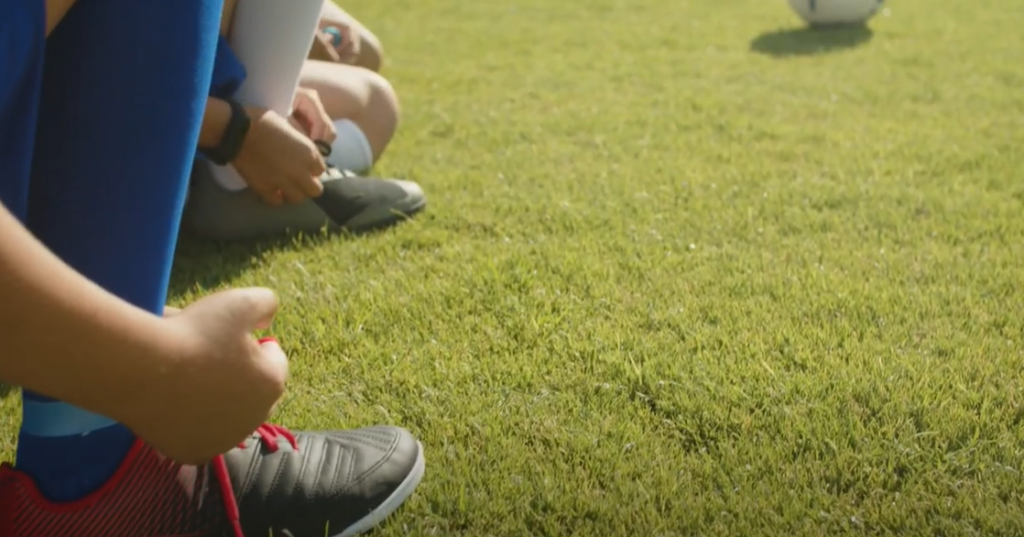
4. Weight
Football cleats are designed to be lightweight so that players have maximum speed and agility on the field. Baseball cleats tend to be heavier due to their ankle support and sturdiness, but still remain light enough to move around quickly without compromising comfort or performance. [2]
5. Midsole
Football cleats often have a midsole, which is an extra layer of cushioning in the midfoot area to provide additional protection during high impact movements. Baseball cleats do not usually have midsoles and are instead designed for fast burst moves that require minimal support underfoot.
6. Spikes
The number and shape of cleat spikes also differ between football and baseball. Football cleats have smaller, rounder molded spikes that are designed to increase traction on harder surfaces such as turf or pavement. Baseball cleats typically have longer, sturdier metal spikes for better grip on softer dirt or grass fields.
7. Looks
Football and baseball cleats are designed to look different from each other. Football cleats tend to be more flashy with bright colors, bold designs, and flashy logos; while baseball cleats usually have a more subtle look with solid colors or tone-on-tone designs.
8. Cost
Football cleats tend to be more expensive than baseball cleats as they often feature the latest technologies and materials. Baseball cleats, on the other hand, can be found at more affordable prices due to their simpler designs. [3]
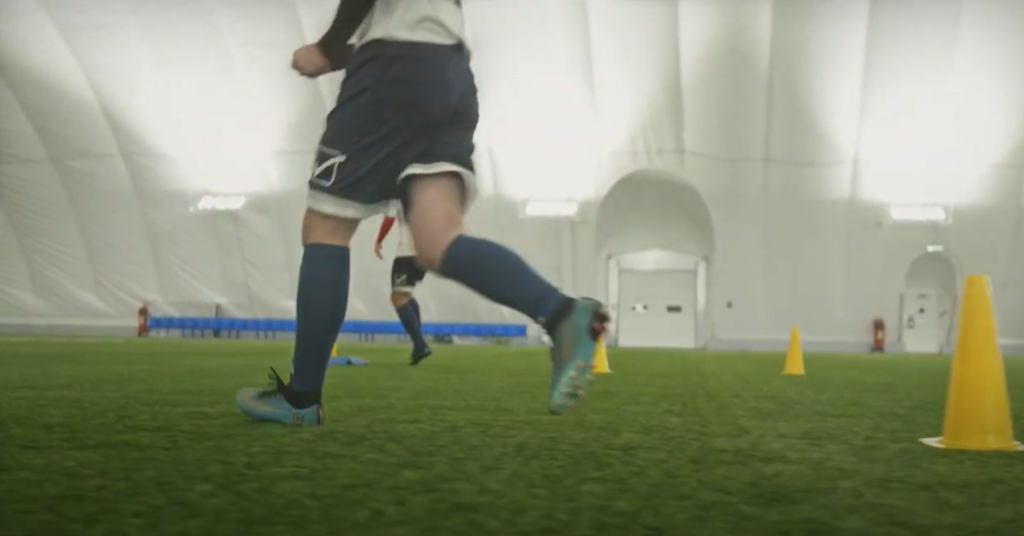
Can You Wear Football Cleats for Baseball?
The simple answer is no. Football cleats have toe studs, which are designed for playing on grass and artificial turf fields that are common in football. Baseball cleats, however, either have molded or detachable spikes and are designed for the dirt and grass infields of a baseball diamond. Because football cleats tend to be stiffer than baseball cleats, they can also reduce an athlete’s agility when trying to maneuver around the diamond quickly.
Additionally, baseball requires players to be able to pivot quickly while running, something that may be difficult with extra stiffness from football cleats. All in all, it’s best to stick with traditional baseball cleats when hitting the diamond.
Can You Wear Baseball Cleats for Football?
The short answer is also no—baseball cleats and football cleats are not interchangeable. While both sports involve running, turning, and kicking the ball, there are some significant differences in terms of the footwear required for each sport. Baseball cleats are typically designed for a softer playing surface such as grass or dirt, while football cleats are designed for firmer surfaces like artificial turf.
How to Select Baseball Cleats?
When selecting baseball cleats, it is important to make sure they are the right fit for your feet. Baseball cleats typically have a low-cut design that allows for increased mobility and agility on the field. Make sure you try them on in store before purchasing to ensure the best possible fit.
When choosing the appropriate material for your baseball cleat, consider how much traction you need as well as whether or not ease of cleaning matters. Leather cleats provide great comfort and durability, but may require more frequent cleaning than synthetic materials such as nylon or rubber. The material chosen should also be considered based on what type of playing surface you will most often play on – metal spikes are best suited for dirt and grass fields while molded cleats are best for artificial turf fields.
When selecting the right cleat, think about what type of game you’ll be playing and choose a cleat that is designed specifically for that purpose. Some baseball cleats have more padding than others which may be beneficial if you play on hard surfaces such as concrete. It is also important to consider your own playing style when choosing a baseball cleat – heavier players may want a shoe with more support while lighter ones will likely prefer a lightweight design that offers better agility and maneuverability.
Finally, it’s important to keep in mind the importance of safety when selecting your baseball cleats. It is recommended that youth athletes wear protective gear during games to prevent injury and make sure the cleats you choose offer adequate ankle support to keep them safe on the field. [4]
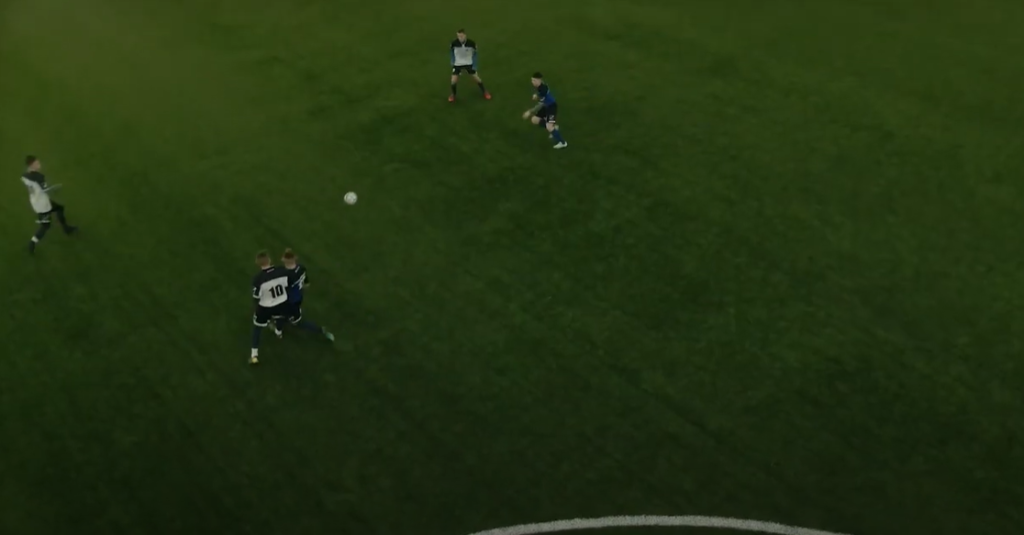
How to Select Football Cleats?
When it comes to selecting football cleats, there are several factors to consider:
- Comfort – Football cleats should fit snugly, as too much space can cause blisters and affect performance. Make sure the cleat fits properly on the heel, arch, and forefoot so that you can move around with ease.
- Traction – Football requires a lot of lateral movement, so make sure the shoes provide good grip on all surfaces. Look for cleats with rubber or plastic studs which will help you stay balanced while making quick turns and cuts.
- Cushioning – Since football plays require frequent stopping or changing direction suddenly and frequently, cushioning is important to prevent ankle and foot injuries. Look for cleats with enhanced cushioning in the heel, arch, and toe areas.
- Durability – Football requires a lot of wear-and-tear on your cleats, so make sure to select shoes that are built to last. Synthetic materials tend to be more durable than leather, so consider this if you are looking for additional protection and longevity.
By taking into account these factors when selecting football cleats, you can ensure they will provide comfort, stability, and durability throughout the game or training session. [5]
Difference Between Baseball and Football
When it comes to cleats, baseball and football have many similarities. However, there are some key differences between the two sports that affect how a cleat should be constructed for optimal performance.
The main difference is the type of surface on which the sport is played – baseball players must handle dirt, grass and sometimes artificial turf while football players only play on grass or artificial turf. This affects the design of each cleat as baseball shoes tend to have metal spikes built into them for better traction on dirt and grass surfaces, while football shoes usually feature molded plastic cleats designed specifically for superior grip on turf surfaces.
Baseball also requires more lateral movement than football does so baseball cleats tend to have a lower profile with less cushioning in order to provide a better range of motion and stability. Football shoes, on the other hand, typically have higher profiles and more cushioning to protect players from hard hits on the field.
Finally, it is important to consider the budget when choosing cleats for either sport. Due to the varying designs needed for different surfaces and personal preferences, there can be a wide range of prices for both baseball and football cleats. It is wise to research and compare prices to get the best deal for the quality of cleat desired. [6]
Types of Cleats
When it comes to cleats, there are three main types – molded plastic cleats, metal spikes and turf shoes. Molded plastic cleats are designed for use on grass or artificial turf surfaces and provide excellent grip with minimal abrasion on the playing surface. Metal spikes are used for baseball players because they provide better traction on dirt and grass surfaces than their plastic counterparts. Finally, turf shoes feature rubber outsole technology that is specifically designed for optimal performance on synthetic turfs of all types.
The type of cleat chosen should depend upon the type of surface being played on as well as individual preference. For example, football players who play solely on a field with artificial turf would be best suited using either molded plastic cleats or turf shoes. Baseball players who play on both dirt and grass surfaces would benefit from having a combination of metal spikes and molded plastic cleats in order to maximize their performance depending on the surface being played on.
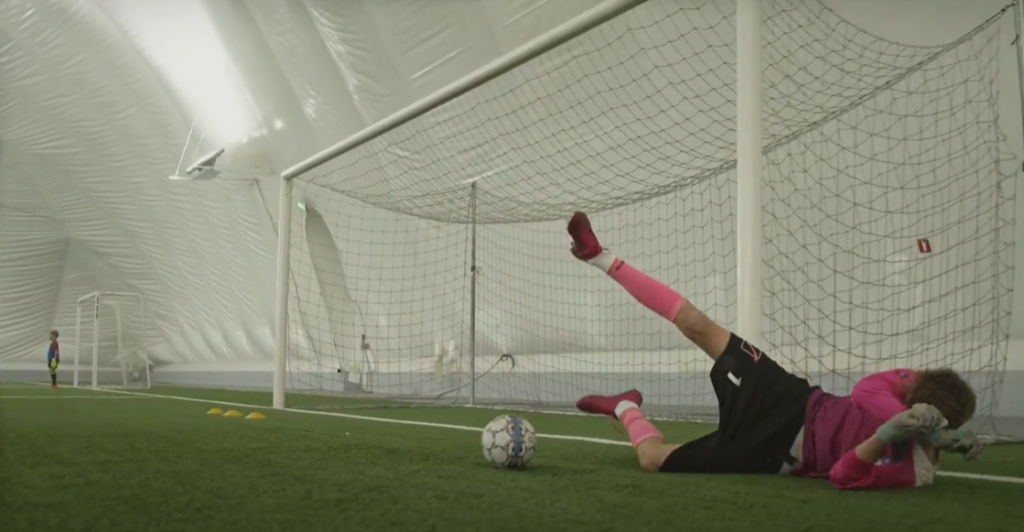
Choosing the right type of cleat for each sport is essential for optimal performance. Knowing the differences between baseball and football cleats, as well as understanding how to choose the best type of cleat for each surface will help ensure that players have the correct equipment to excel in their respective sports.
How to Maintain Cleats?
Maintaining cleats is important to ensure their longevity, performance and safety. Both baseball and football cleats require regular cleaning, conditioning and inspection for wear. Here’s a brief guide on how to maintain each type of cleat:
For baseball cleats, it’s recommended to use a soft brush or cloth to remove dirt from the outsoles after each game. Then you should apply a thin layer of leather conditioner with a clean cloth to maintain softness and flexibility. Inspect the studs for signs of wear after every game or practice session – if any are found, replace them immediately.
Football cleats require similar maintenance procedures as well as lacing replacement when necessary. After every practice and game, use a soft brush or cloth to clean the cleat of dirt. Moisten a sponge with warm water and mild detergent then scrub all surfaces of the cleat lightly. Afterwards, apply leather conditioner and inspect studs for signs of wear – replace when necessary. To finish up, check laces for any fraying or tearing and replace them if needed.
Following these steps can help keep your cleats in top shape so they last longer while also providing optimal performance!
FAQ
Can baseball cleats be used for football?
No. Baseball cleats are designed with rounded or conical studs that provide traction on grass and dirt while allowing players to quickly change direction, a feature critical in baseball. Football cleats have longer and sharper studs that allow athletes to push off with more power on artificial surfaces such as turf fields. Because of the difference in construction between baseball and football cleats, using baseball cleats for football could lead to slips, falls, sprains, and other injuries.
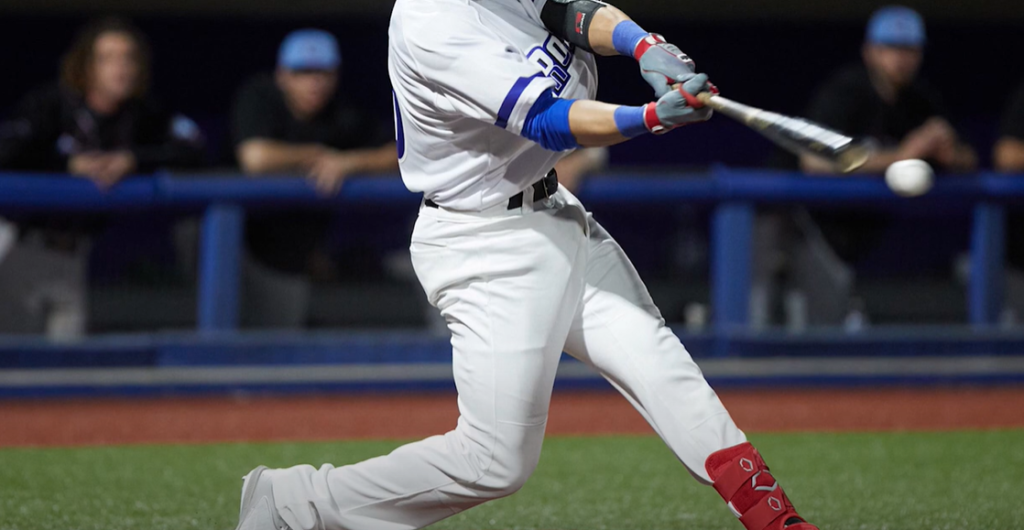
What is the difference between molded and detachable cleats?
Molded cleats are permanently attached to the sole of the shoe and cannot be removed or changed out for different playing conditions. Detachable cleats are interchangeable; players can choose from a variety of stud lengths and shapes depending on the playing surface. Detachable cleats are more common in football, while molded cleats are more common in baseball.
Are there any other differences between football and baseball cleats?
Yes. Football cleats tend to be built with a higher ankle cuff than baseball cleats, which provides additional support for athletes by reducing stress on the ankles and lower legs. Additionally, many football cleats have a toe spike for traction when planting and pushing off during quick changes of direction, something that is not typically found on baseball cleats. Baseball players also often wear metal spiked or plastic-studded shoes that provide better grip on dirt compared to rubber soles found on most football shoes.
Can you wear football cleats for baseball?
No. Football cleats are not recommended for baseball as they don’t provide the proper traction needed to quickly change direction and may cause an increased risk of injury. Additionally, the higher ankle cuff of football cleats can restrict natural foot movement and reduce agility on the field.
Can you wear running shoes instead of cleats?
Running shoes can be worn while playing baseball or football; however, they will not provide the same level of protection and stability that cleats do. Running shoes typically have thicker soles than their cleat counterparts, which can make quick changes of direction more difficult on the field. They also lack studs or spikes that help create grip between turf/dirt and your feet, increasing the risk of slipping, falling, and other injuries. Additionally, running shoes do not offer the same level of ankle support that football cleats provide.
Is there a difference between baseball and soccer cleats?
The answer is yes! Each type of cleat has its own unique features designed to help a player perform better in that particular sport. For example, baseball cleats have an extended and rounded toe as well as metal spikes for extra traction on the field. On the other hand, soccer cleats are typically made from synthetic materials like leather and nylon and feature shorter blades or studs to provide better control when turning and running on the pitch. Players who participate in either sport will also find differences in construction, weight, size, and other design elements depending on their specific needs. Baseball players tend to prefer heavier higher-ankle cleats with reinforced toes while soccer players often select lightweight low-cut options that offer maximum agility.
What cleats work for football?
Football cleats have a few characteristics that make them distinct. They often feature longer and studier structures to give players more traction and support on the field, as well as plastic or rubber cleat plates that help reduce slippage. A football cleat’s upper is typically made from synthetic leather with extra padding for comfort. The cleats themselves are usually shorter than those used for baseball, and they usually have at least 12 points of contact on the ground which provide better balance, control and grip when running or cutting on grassy fields.
Why can’t I find football cleats?
Football cleats are often in high demand, especially during the football season. As a result, some retailers may not have them in stock when you’re looking for them. That said, there are plenty of online options and sports stores that will carry the cleats you need throughout the year. Be sure to shop around if you find yourself having difficulty tracking down a pair of football cleats.
Useful Video: Baseball Vs. Football Cleats: What’s the Difference?
Conclusion
After a closer look at baseball and football cleats, it’s clear that they offer completely different levels of support when playing the respective sports. Football cleats provide more stability and protection to your feet while playing on harder surfaces, making them ideal for athletes who play football or rugby. Baseball cleats are a bit lighter and less supportive than their football counterparts, but they are designed to accommodate the various movements associated with baseball. Both types of shoes have their advantages depending on which sport you’re playing. Ultimately, the best type of cleat will depend on your individual needs. If you need help deciding between the two, it’s best to talk to an expert who can assess your specific situation before making a decision.
With the right cleats, you’ll be ready to take on any sport with confidence. Whether it’s football or baseball, make sure to choose a pair of cleats that will keep your feet safe and provide you with the best possible support. With a little research and advice from an expert, you can find the perfect pair for your particular sport. Good luck!
References:
- https://www.adidas.com/us/blog/637550-football-cleats-guide-choose-the-right-cleat-for-you
- https://tbonesbaseball.com/why-baseball-cleats-are-not-suitable-for-football-exploring-the-differences-between-the-two-cleats/
- https://sports.bluesombrero.com/Default.aspx?tabid=870724
- https://prorecathlete.com/soccer-cleats-softball/
- https://coachingkidz.com/breaking-down-the-difference-between-sports-cleats/
- https://www.soccerx.com/smart-buying-guide-10-best-soccer-cleats

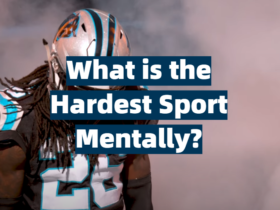
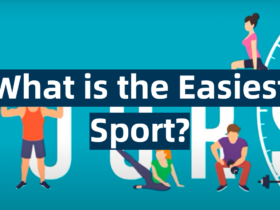

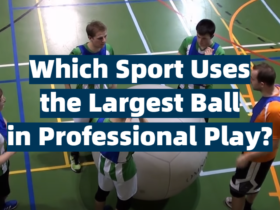
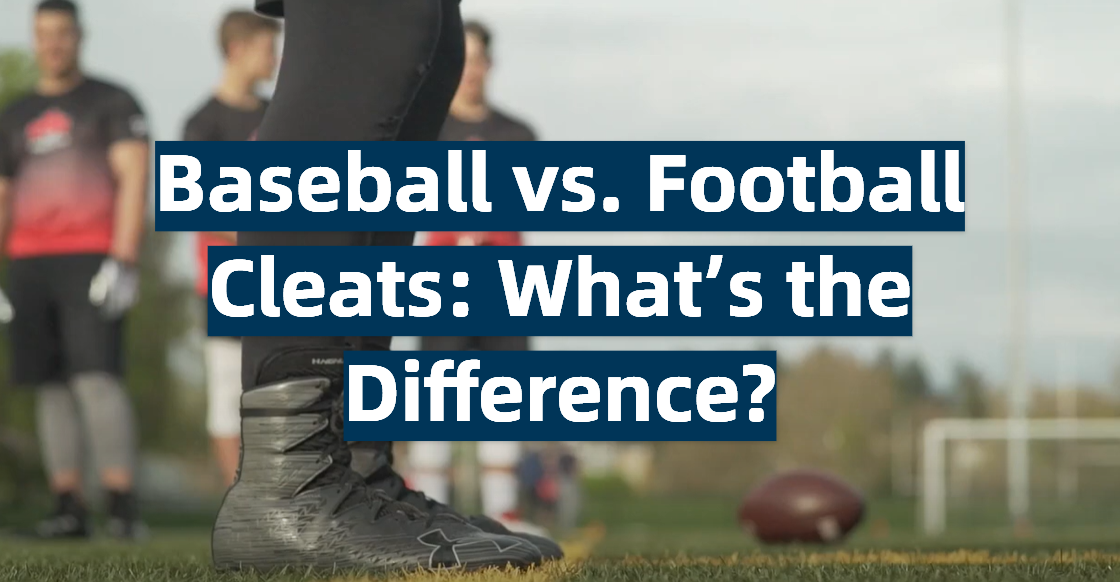
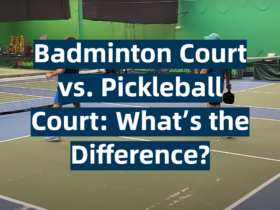
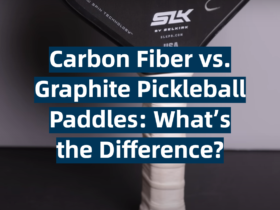
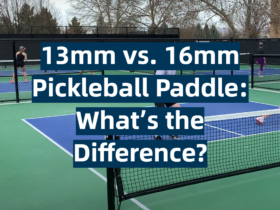
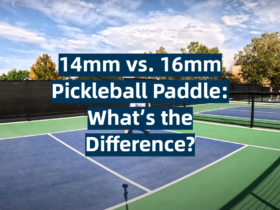
Leave a Review